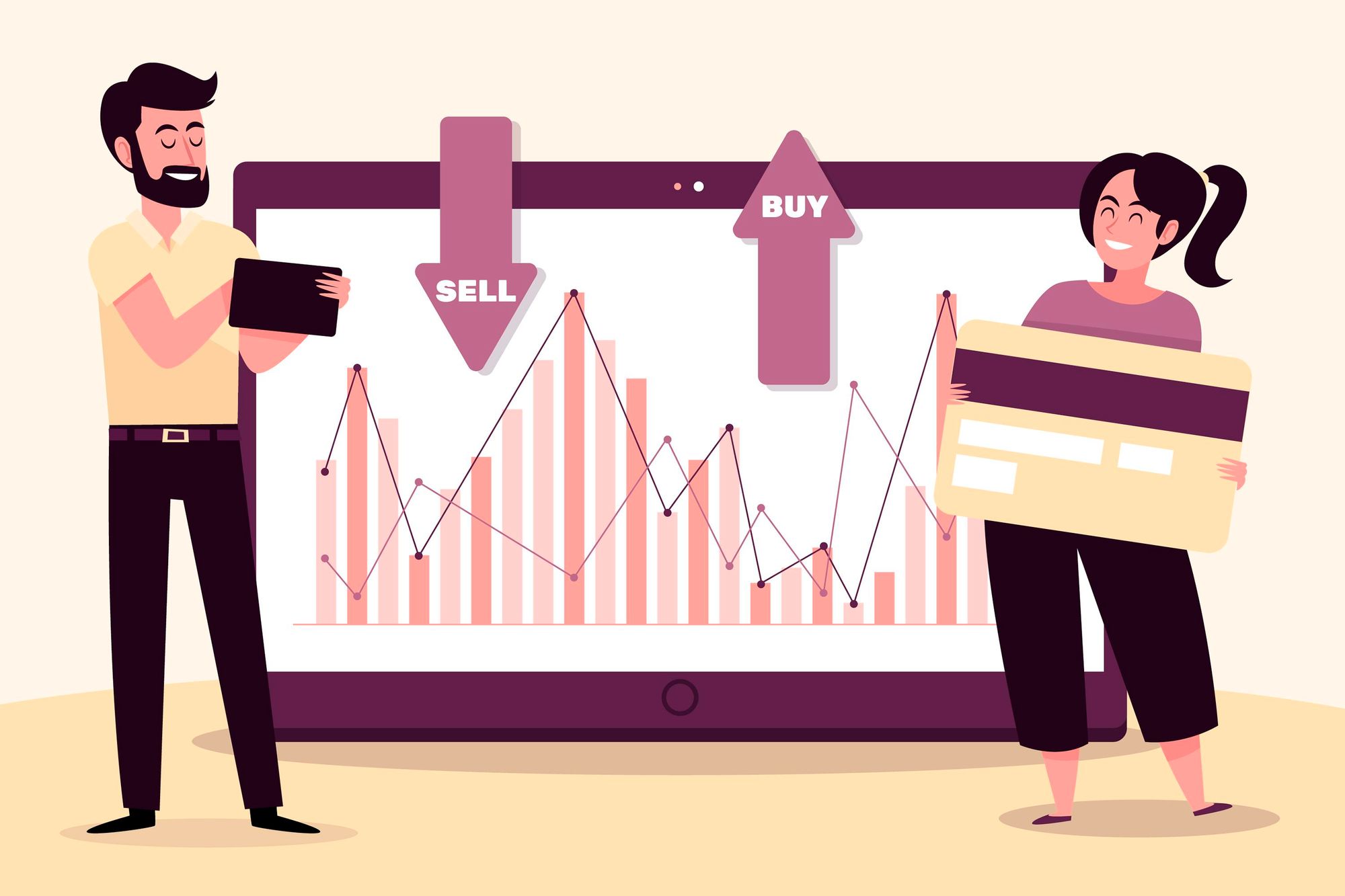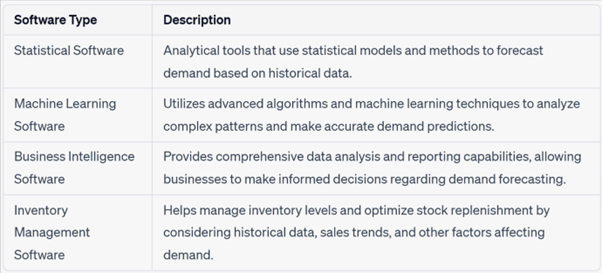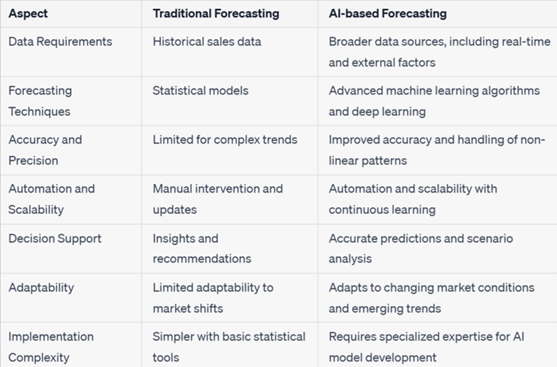How demand forecasting software can help companies navigate uncertainty

Introduction
How nice would it be if we could predict market conditions, just like we predict weather conditions? These price fluctuations might not affect your business at times, but that won’t be the case always.
Unfortunately, ever since Covid hit, the traditional demand forecasting methods used to make predictions on the market have been unstable and uncertain, making it difficult for companies to manage their stock and plan production quantities.
Despite that, businesses require an accurate forecast of the market conditions to manage operations.
Let us first understand why businesses experience these ups and downs in demand for products or services.
Demand volatility is a prevalent obstacle encountered by companies, encompassing the ambiguity about the amount of consumer interest in a particular product or service.
Most businesses find it challenging to balance supply and demand. Software for forecast management helps you estimate future sales and improves the profitability of your inventory. If you are utilising the appropriate software solution to anticipate demand, you need not be concerned about unpredictability affecting the market.
What is the use of software for demand forecasting?
Demand forecasting is the practise of estimating future consumer demand over the short or long term using historical data, pertinent business information, and other controlled and uncontrollable factors. Future demand estimates are heavily impacted by elements like promotions, new launches, discounts, and marketing.
Using demand forecasting, one may accurately estimate customer demand and manage the supply chain.
Demand forecasting tools are a type of software that uses historical data, statistical modelling, and other techniques to predict future demand patterns for products or services.
These software solutions are designed to help companies optimize their operations by anticipating customer demand in the following time frame and ensuring that they have the right inventory levels, staffing levels, and other resources to meet such demand.
Here are few types of software used in demand forecasting

Statistical software
Statistical software uses statistical algorithms to analyze historical data and predict future demand patterns. Examples include R, SAS, and SPSS. Unfortunately, statistical analysis using historical data has not been able to provide reliable forecasts due to the volatility of consumer behaviour ever since the pandemic.
Machine learning software
This type of software uses artificial intelligence and machine learning algorithms to analyze large amounts of data and make predictions about future demand. AI demand forecasting is the future of market prediction since AI and ML forecasting pieces of software combine multiple variables to generate predictions.
Business intelligence software
Business Intelligence software provides insights into a company's performance, including demand forecasting.
Inventory management software
This type of software includes demand forecasting as part of its functionality, helping companies optimize inventory levels to meet demand.
How to choose the right Demand Forecasting Software?
Traditional demand forecasting methods have proven to be inaccurate and unreliable ever since the pandemic disrupted consumer behaviour patterns. New and AI-based software solutions such as Thousense have shown promising results.

Choosing the right demand forecasting software can be a challenging process, but here are some key factors to consider when making your decision:
Accuracy
The accuracy of the demand forecasting software is crucial for making informed decisions about inventory levels, staffing, and other resources. Look for software that has a track record of accurate forecasting and uses statistical models that are appropriate for your industry and product/service. A tool that considers multiple factors and possible variables for making the forecasts is preferable over a tool that uses a smaller data set.
Ease of use
The software should be user-friendly and easy to use, even for those without technical expertise. The interface should be intuitive and provide clear insights and actionable recommendations. Moreover, real-time updates and changes should be possible in the predictions.
Integration
The demand forecasting software should be able to integrate with your existing systems, such as inventory management software or ERP systems, to provide a seamless workflow.
Customization
Every industry and company has unique needs, so look for software that can be customized to meet your specific needs. This may include the ability to adjust forecasting models or create custom reports.
Scalability
As your business grows, the demand forecasting software should be able to scale with it. Look for software that can handle large amounts of data and provide accurate forecasts for a range of scenarios.
Support
The demand forecasting software provider should offer ongoing support to ensure that the software is working properly and to assist with any issues or questions that may arise.
Cost
Cost is always a consideration, but it should not be the only factor. Look for software that provides value for money and has a good return on investment.
By considering these factors, you can choose a demand forecasting software that is right for your business and can help you make better-informed decisions about your operations. Get in touch with Thousense for all your demand forecasting needs.
Conclusion
Overall, demand forecasting pieces of software can help companies navigate uncertainty by providing accurate and timely insights into future demand patterns, allowing companies to make better-informed decisions about their operations.
Demand forecasting software can be used by a variety of industries, including retail, manufacturing, healthcare, and logistics. By using these software solutions, companies can better anticipate demand patterns and adjust their operations to meet customer needs and manage warehouse operations and production plans.
By using this, companies can better anticipate demand patterns and make more informed decisions about their operations, reducing the risk of stockouts, overstocks, and other inefficiencies.
Thousense is a powerful demand forecasting software that can help businesses improve their forecasting accuracy and streamline their planning processes.
With its advanced algorithms, automated data processing, and customizable dashboards, Thousense can provide businesses with actionable insights into future demand trends and help them make more informed decisions.
By using Thousense, businesses can optimize their inventory levels, improve production planning, enhance customer satisfaction, and increase profitability.
Ultimately, Thousense can help businesses stay ahead of the competition by anticipating and preparing for potential changes in demand, giving them a significant competitive advantage in the marketplace.